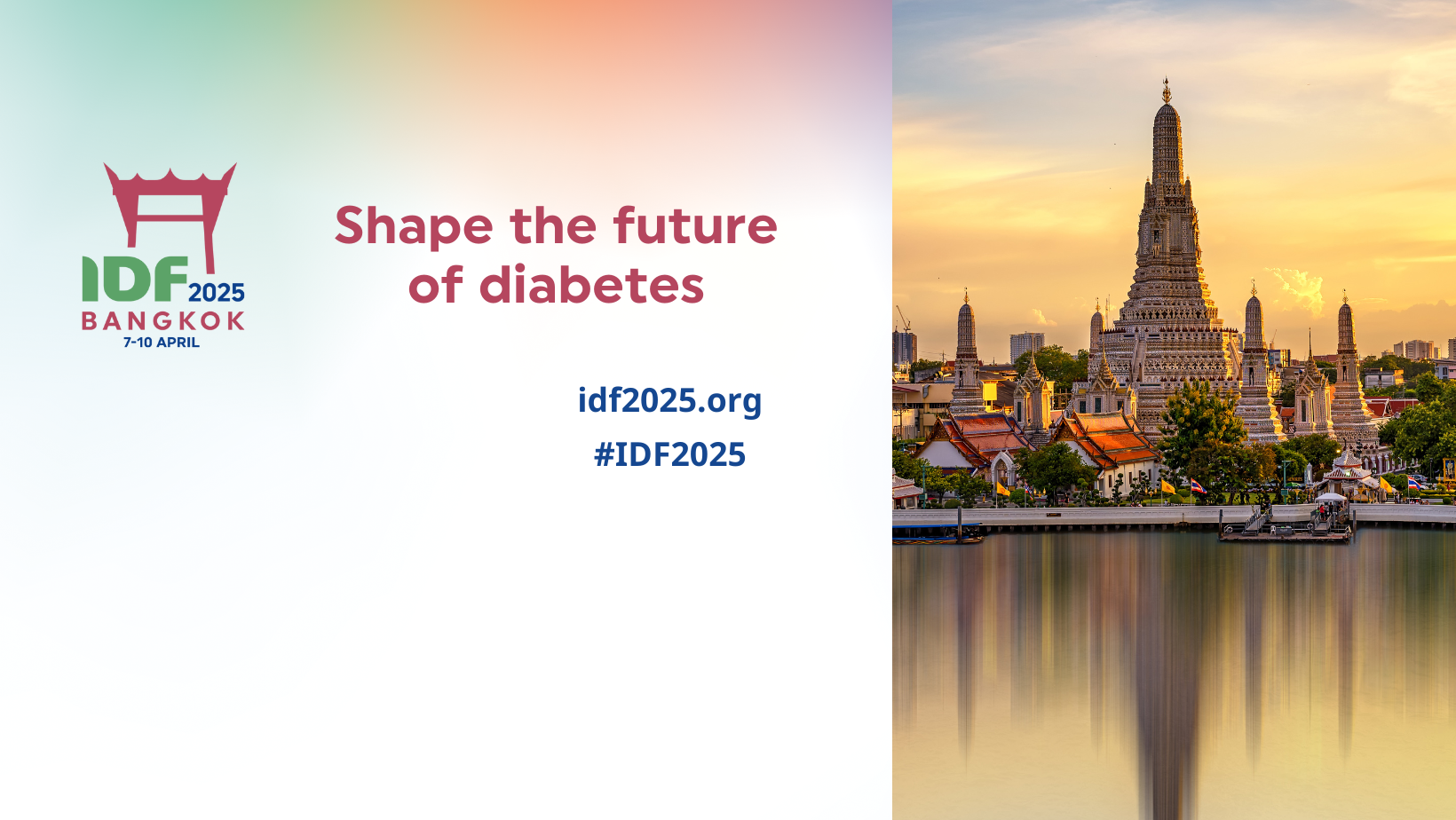
Colagiuri S, presented a session at IDF World Diabetes Congress 2025 from 7th – 10th April 2025 in Bangkok. Intermediate hyperglycemia (IH) includes IGT, IFG, and HbA1c. The WHO and ADA criteria for defining IH differ for IFG and the WHO does not have an HbA1c criterion. The 1-h OGTT has been recently advocated as an option. The general target of <7.0% (<53 mmol/mol) should ne personalised, balancing reducing complications, minimising hypoglycemia. HbA1c is important but has not been confirmed as an independent risk factor for complication.
SMBG is recommended in insulin-treated T2DM but may be useful in other situations. Early and intensive glycemic control in T2DM with intensive multifactorial risk management including blood glucose, BP, and lipids, decreases long-term cardio-renal events and mortality. Recent CVOT with SGLT2i and GLP-1RAs have demonstrated cardio-renal protection, prompting debate about balancing the focus on glycemic control and organ protection.
Metformin remains the recommended 1st line monotherapy due to its global availability, efficacy, low hypoglycemia risk, cost effectiveness along with long term CV benefits. Emerging data support the early use of SGLT2i and GLP-1RAs usually added to Metformin, to mitigate glycemic control and improve CV-renal outcomes. All people with T2DM are at risk of MASLD. Individuals with T2DM and suspected MASLD should be assessed for risk of developing advanced liver disease with blood-based risk score and followed up with VCTE or MRE imaging to detect fibrosis.
Conclusion:

